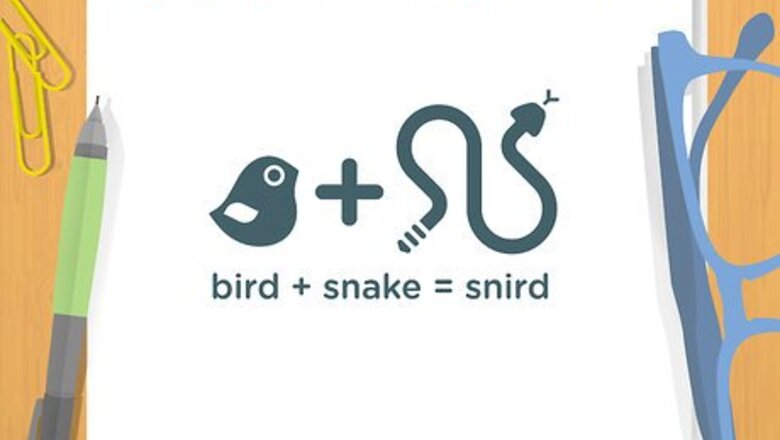
views
Finding a Topic
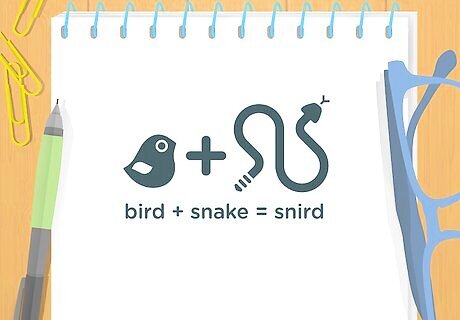
Write about an animal for a fun approach. You may pick your favorite animal or a pet you have at home. Imagine what the animal might do during the day or when no one is watching. For example, you could write about: Your or your child's favorite animal, such as a snake or a lion. One of your own pets. It would be easier for your child to imagine it. A made-up an animal, such as a purple elephant with tiny bird wings. A mythical creature, such as a dragon, griffon, or unicorn.
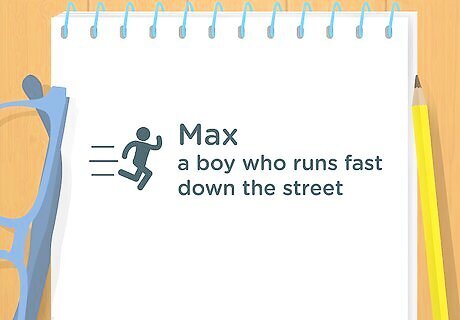
Create a character to help you tell a story in the rhyme. Pick a name for the character, such as a name you like or the name of someone close to you. Then, think about what types of adventures the character might find themselves in. Come up with a short story about what the character does or a situation they find themselves in. For example, you may write about a character named Max, who likes to run fast down the street. Or you may write about a character named Claire who finds herself trapped in a cave. Think ahead to your rhyme scheme and be prepared to change your character's name, if needed.
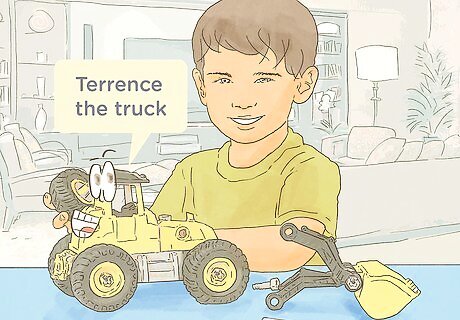
Choose an object to write about if you have a favorite or special one. Pick your favorite toy or an item that has special meaning to you. Or, look around the room and pick an object at random. Then, think about how you might use this object or what you do with the object on a day to day basis. Alternatively, you could imagine what might happen if the object came to life. What would the object do or say? For example, you may choose your favorite stuffed animal or your favorite truck and write about it in the nursery rhyme.
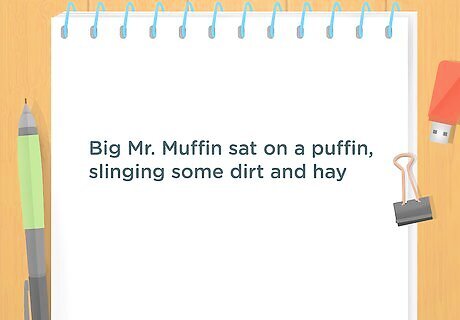
Create a different version of an existing rhyme for a more guided approach. Pick a nursery rhyme that you like or find interesting. Then, try writing your own version of it using the same subject matter and structure. Create a version with a different character or topic. Switch the original topic to something you like writing about. For example, you may take a nursery rhyme like “Little Miss Muffet” and change it to a rhyme about "Big Mr. Muffin" or "Small Miss Bloom."

Read examples of nursery rhymes to get inspiration. Look at the rhyme scheme of the nursery rhymes to get a better sense of how to use rhyme in your version. Listen to how the nursery rhymes sound when you read them aloud. Notice how the nursery rhymes tell a short story with funny or silly details. You may read nursery rhymes like: “Hickory Dickory Dock” “Little Miss Muffet” “The Itsy Bitsy Spider” “Baa, Baa, Black Sheep”
Creating a Draft

Tell a simple story about your topic. Most nursery rhymes will tell the reader a short story where something happens to a character or topic. The character then reacts to the event and finds a way to address it or deal with it. Your nursery rhyme should present a character or topic and show the reader what happens to them. It should have a beginning, middle, and end, with action or conflict in the middle of the story. For example, you may write a nursery rhyme where your pet snake gets out of its cage and roams around the house, only to scare your mother in the kitchen.
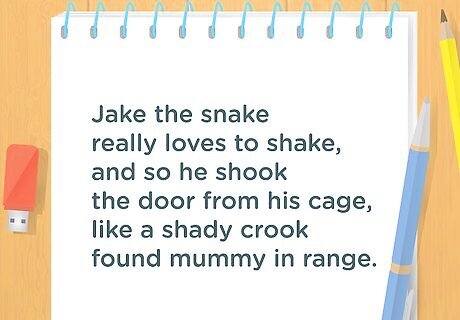
Follow a rhyme scheme for a traditional approach. You do not need to rhyme every line, but a simple rhyme scheme can help to give the poem a specific rhythm, especially when read aloud. Most nursery rhymes will follow a rhyme scheme like ABCB, where the last word in the second and third lines rhyme. You can also try a rhyme scheme like AABCCB, where the first two lines and the fourth and fifth lines of the poem rhyme. The second line and the last line will also rhyme. For example, the nursery rhyme “Little Miss Muffet” follows an AABCCB rhyme scheme: “Little Miss Muffet/Sat on a tuffet/Eating her curds and whey/Along came a spider/Who sat down beside her/And frightened Miss Muffet away.”
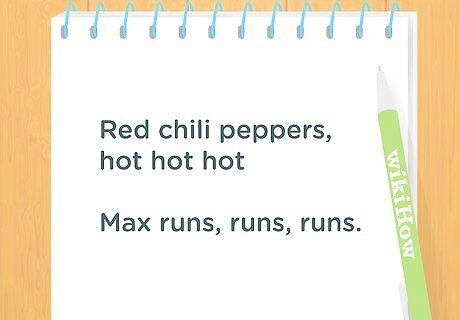
Use repetition to add rhythm and flow. Repetition is a common device in nursery rhymes. It helps key details stick in the reader’s mind. You may repeat the name of the main character in your nursery rhyme. You can also repeat an adjective or a detail about the topic. For example, you may use repetition like, “Red chili peppers, hot, hot, hot," or "Max runs, runs, runs."
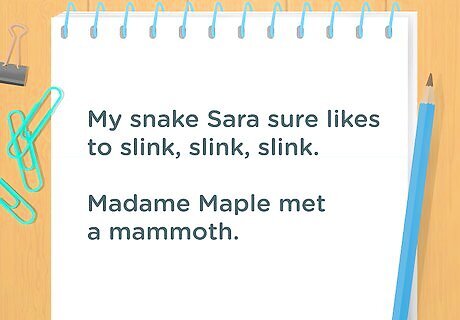
Include alliteration to make the poem sound interesting. Alliteration is where you use the same vowel sounds in a row. It can be a great way to add detail to the poem and give it a good sense of flow. Try using words that start with the same letter and sound for 1-2 lines in the poem. For example, you may use alliteration like “my snake Sara sure likes to slink, slink, slink," or "Madame Maple met a mammoth."
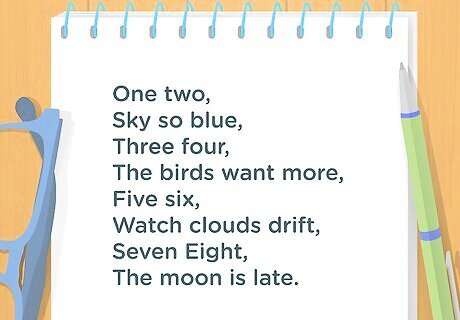
Use counting in the poem to teach numbers. Some nursery rhymes like “One, two, buckle my shoes” or “One potato, two potato” use counting to help you remember numbers. It can also be a good way to add a certain rhythm to the poem and follow a set structure. Start at 1 and work you way up to 8, 9, or 10. For example, you may write a nursery rhyme like, “One, two/Sky so blue/Three, four/The birds want more/Five, six/Watch clouds drift/Seven, eight/The moon is late.”
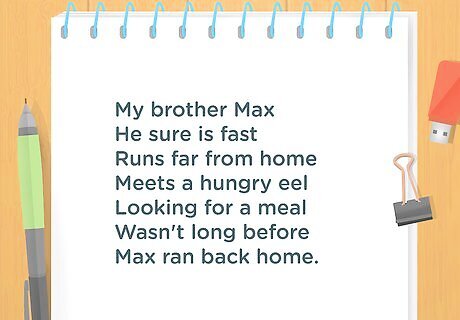
Include silly or funny details to the poem to make it memorable. Use your imagination and add in details that seem a little strange or impossible. Don't feel limited by what makes sense or seems logical. Funny or strange details will make the nursery rhyme fun to read aloud for your reader. For example, you may write, “My brother Max/He sure is fast/Runs far from home/Meets a hungry eel/Looking for a meal/Wasn’t long before Max ran back home.”

Keep the poem within 4-7 lines. Nursery rhymes are usually short, sweet, and to the point. Make sure your rhyme has a beginning, middle, and end within no more than 7 lines total. Focus on keeping the poem concise while also using devices like alliteration, rhyme, and repetition to give the poem some style and personality. If your story is too long, create a collection of rhymes, each being 4-7 lines long. They should all have a beginning, middle, and end, but can tell a longer story when put together.
Polishing the Nursery Rhyme
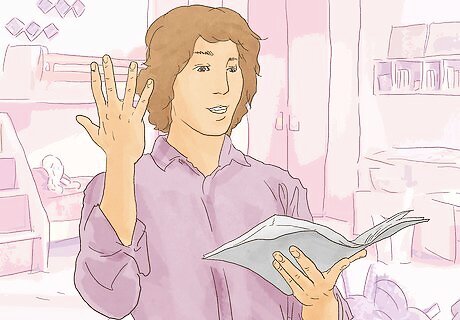
Read the nursery rhyme aloud. Once you have completed a draft of the nursery rhyme, read it aloud several times. Listen to how it sounds. Notice if it rhymes properly and rolls off your tongue easily. Check that it has a simple story that is easy to follow and understand.

Share it with others to get their feedback. Show the nursery rhyme to your teacher, your parents, and your friends. Ask them if they find the nursery rhyme funny or entertaining. Find out if they think the nursery rhyme is easy to read and follow. Since this is a nursery rhyme, consider reading it to a baby. If it makes your baby feel happy or calm, you're doing a good job.
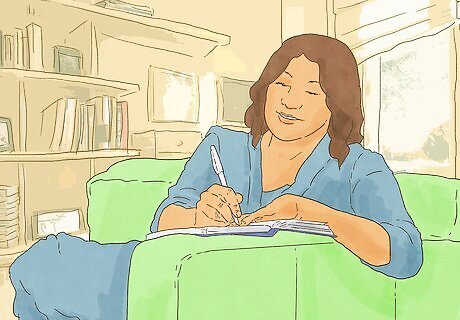
Revise the nursery rhyme for flow and content. Look for any unnecessary lines or awkward language and tighten them up so the rhyme flows better. Make sure each line flows well into one another and follows a clear rhyme scheme. Once you have revised the nursery rhyme, read it aloud for a final time to ensure it flows well and sounds good.




















Comments
0 comment